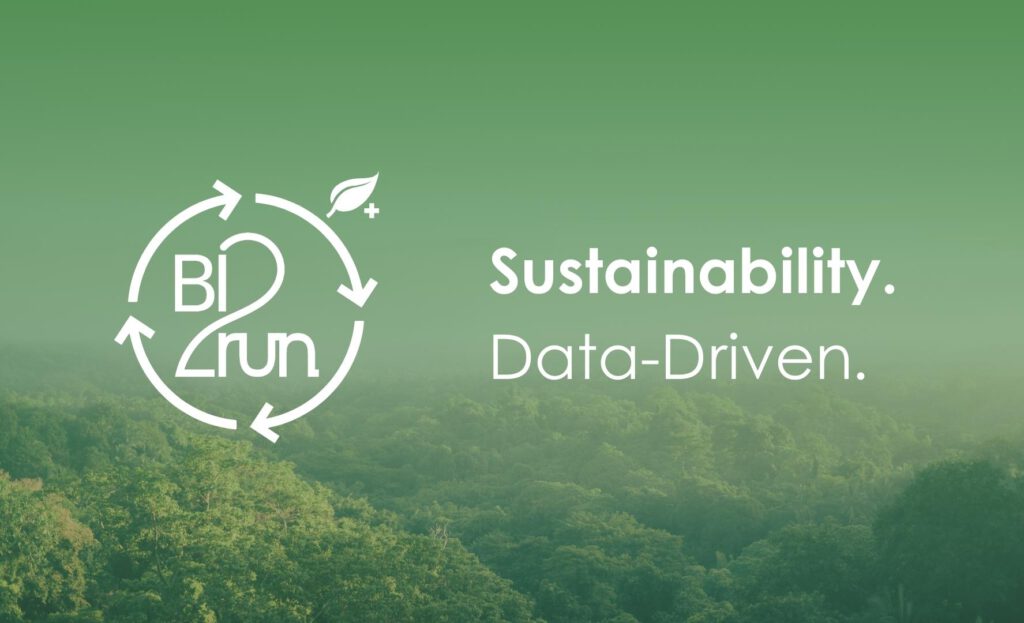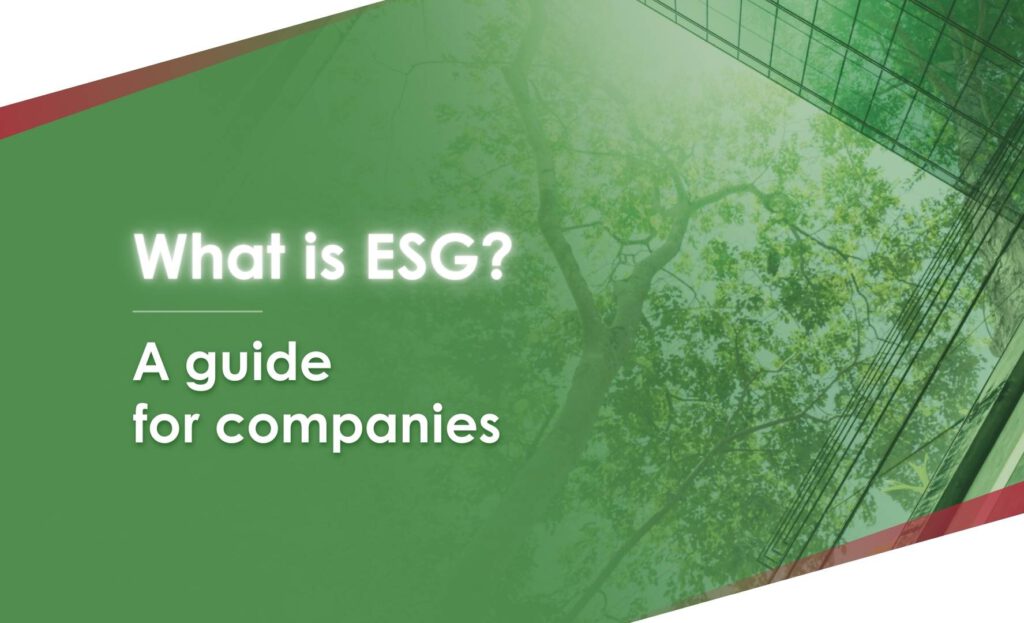ESG stands for Environmental, Social, and Governance. These three dimensions help companies to make their sustainability and social responsibility measurable, transparent, and actively improve them.
Why has ESG become so important at the moment?
Investors, customers, and legislators increasingly expect companies to act more sustainably and responsibly. These expectations have arisen in particular as a result of new regulatory requirements. Companies that meet the criteria not only benefit from improved financing opportunities, greater customer loyalty, and increased employer attractiveness, but also reduce regulatory risks.
Legal requirements such as the EU Taxonomy, the Corporate Sustainability Reporting Directive (CSRD), and the European Sustainability Reporting Standards (ESRS) are increasingly obliging companies to integrate ESG topics into their reporting. The so-called “double materiality” applies here – companies must disclose how their activities are economically relevant and at the same time have a social impact.
What do the three ESG pillars mean?
In Germany in particular, many people associate sustainability primarily with environmental issues. But ESG means much more than just environmental aspects. Sustainability also includes social responsibility and good corporate governance. The following examples show how companies can tackle these three areas in practice:
How can companies put environmental awareness into practice?
- Reduction of CO₂ emissions
- Sustainable use of resources
- Promotion of a circular economy
How do you assume social responsibility as a company?
- Ensuring fair working conditions
- Equal opportunities and diversity
- Respect for human rights along the supply chain
How can good corporate governance be put into practice?
- Avoidance of corruption and conflicts of interest
- Promotion of ethical business practices
- Transparent and responsible corporate governance
What challenges do companies face when getting started?
Companies often report that the complexity of ESG requirements is a challenge. There is often a lack of a clear database and sufficient expertise to implement the requirements in a targeted manner. In addition, the concrete economic added value often does not appear tangible at first glance. This can unsettle companies and delay implementation.
How do companies get off to a successful start with ESG?
The best way to get started is for companies to first carry out a clear inventory of their current activities. This is followed by a materiality analysis to identify the really relevant topics. Involving internal and external stakeholders is crucial in order to gain clarity about expectations and requirements. Clear objectives and specific measures should then be defined and communicated transparently and regularly.

Common misunderstandings – what companies should know
Companies repeatedly encounter misconceptions about ESG. A common prejudice is that it only causes additional costs without economic benefits. In fact, it opens up a wide range of long-term competitive advantages by reducing risks, opening up new business opportunities and promoting long-term stability.
Another misconception is that ESG is only relevant for large companies. In fact, its increasingly affecting smaller companies, as large companies and regulators are increasingly demanding sustainability standards along the entire supply chain.
After all, many companies see ESG as a one-off project that can be completed quickly. However, it is a continuous process that requires long-term and sustainable integration into all areas of business.
Challenges when entering ESG
The implementation of ESG criteria requires in-depth understanding, a reliable data basis, and suitable resources. Companies are often overwhelmed by the complexity and dynamics of ESG regulations, which creates uncertainty and slows down progress.
How to get off to a successful start
A structured approach is recommended in order to successfully implement ESG:
- Inventory: Identification and evaluation of existing ESG-relevant activities
- Materiality analysis: clarification of the most important ESG issues from a corporate and stakeholder perspective
- Stakeholder dialog: Involvement of internal and external interest groups for better orientation
- Strategy development: development of clear ESG goals, action plans, and KPIs
- Continuous reporting: regular communication and adjustment of measures

Conclusion
ESG represents a strategic opportunity for companies to achieve long-term competitiveness and future security. Today, sustainability is no longer an optional extra but a necessary obligation. Companies that actively integrate ESG into their business strategy at an early stage benefit from clear competitive advantages, strengthen their resilience to future market and regulatory requirements, and sustainably increase their attractiveness for customers, investors, and talent.







